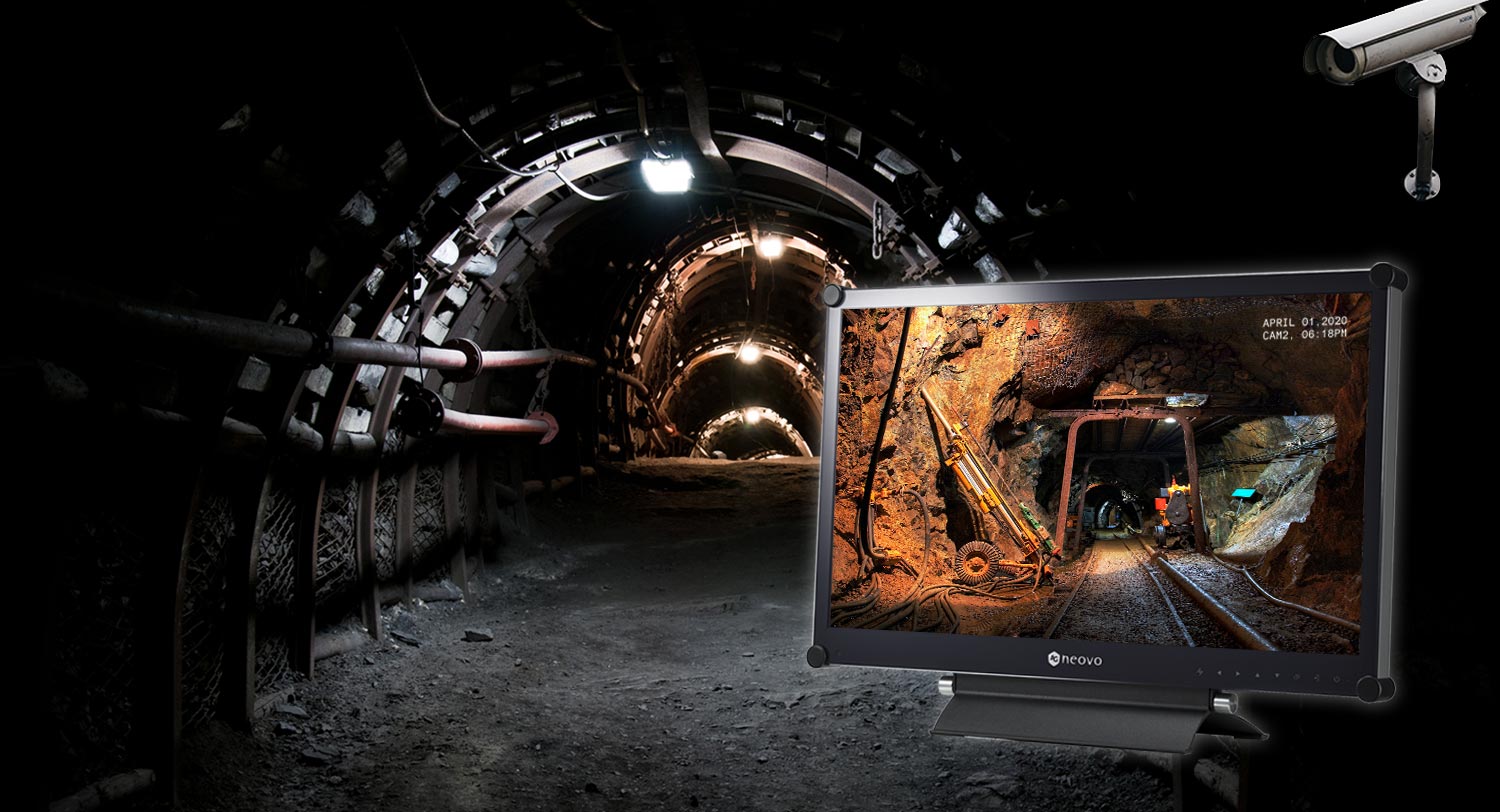


When designing or upgrading a surveillance system, one of the most overlooked—but mission-critical—components is the monitor. It’s the final stage in the video pipeline, and if it can’t keep up with real-time footage, your cameras and recorders won’t matter.
For system integrators, security professionals, and facility managers, the decision often comes down to one question:
Which is the best SDI monitor for surveillance applications—especially those requiring clarity, speed, and reliability?
In this guide, we’ll walk you through key SDI monitor types, must-have features, and the common mistakes to avoid—so you can make a confident, well-informed choice.
New to SDI? Start with our intro on SDI in surveillance or why low-latency matters to catch up.
SDI (Serial Digital Interface) monitors are built to receive uncompressed video signals directly from SDI-enabled cameras or DVRs over coaxial cables. Unlike IP monitors, they require no network configuration, deliver ultra-low latency, and are remarkably stable.
Core advantages:
But not every SDI monitor is built equally. Choosing the right one means understanding your environment, infrastructure, and technical requirements.
| SDI Format | Max Resolution | Frame Rate | Bandwidth | Common Use |
|---|---|---|---|---|
| SD-SDI | 480i / 576i (SD) | 25–30 fps | 270 Mbps | Obsolete/legacy systems |
| HD-SDI | 720p / 1080p | 30 fps | 1.485 Gbps | Standard HD surveillance |
| 3G-SDI | 1080p | 60 fps | 2.97 Gbps | High-frame-rate security |
Key takeaway: For most modern surveillance use cases, HD-SDI or 3G-SDI are ideal. They offer high-definition clarity and smooth real-time playback without additional processing.
If you’re upgrading from analog surveillance or working in a mission-critical environment, HD-SDI monitors offer several operational advantages.
Best applications for HD-SDI monitors:
To make the right choice, go beyond resolution specs. Here’s a checklist of what to evaluate—each factor explained with practical guidance.
Choose a monitor that supports both HD-SDI and 3G-SDI. This ensures compatibility with newer cameras delivering 60 fps and allows for future upgrades without replacing your entire display system.
Monitors with SDI loop-through let you connect one video source to multiple displays or to a recording system. This is crucial for setups with more than one viewing station or for combining local monitoring with remote archiving.
In surveillance, static images (like a hallway view) can remain on-screen for hours. Look for monitors with built-in Anti-Burn-in™ or image retention protection to prevent ghosting and extend screen life.
Your monitor will likely operate 24/7 in a public or industrial environment. Prioritize models with:
These ensure reliable performance over long-term use, even in rough conditions.
Surveillance control rooms and kiosks vary in layout. Choose a monitor with:
This allows you to tailor installations without additional brackets or converters.
In law enforcement offices, jewelry stores, or casinos, the ability to monitor events in real-time—without delay or buffering—is critical. SDI monitors offer a secure, latency-free viewing experience.
If your team uses surveillance footage for post-event analysis, zooming in without distortion or compression artifacts is key. SDI monitors offer native clarity for image detail and zoom accuracy.
With RG6 coaxial cable, SDI transmission distances can exceed 100–300 meters. Add fiber converters, and the range increases further—without compromising signal integrity.
Using a monitor with loop-through SDI output, a single camera feed can appear on multiple monitors or recording devices simultaneously. This is essential for guard stations or layered surveillance zones.
Even experienced installers can overlook critical factors. Here are some common pitfalls—and how to avoid them:
Choosing the right SDI monitor isn’t about specs alone—it’s about ensuring your surveillance system performs when it matters most.
To recap, look for:
With the right SDI monitor in place, your surveillance system can deliver high-definition, low-latency visibility that empowers faster decisions and better outcomes.
Ready to find the best SDI monitor for surveillance?
Explore AG Neovo’s professional SDI monitors built for mission-critical environments—and ensure your security system delivers clarity when it counts most.